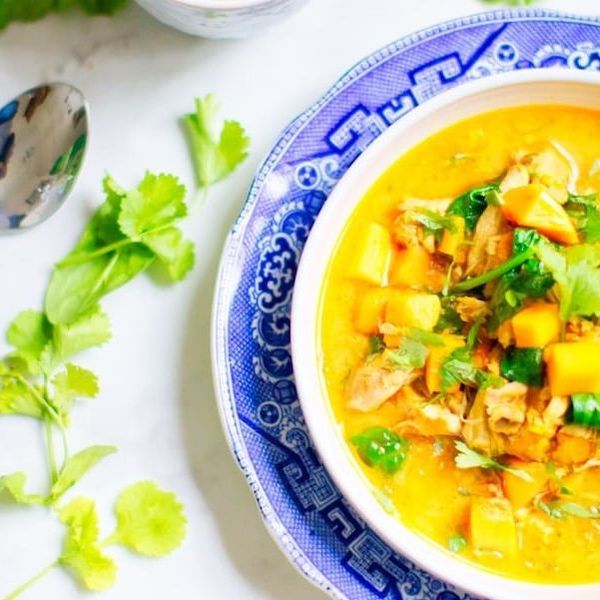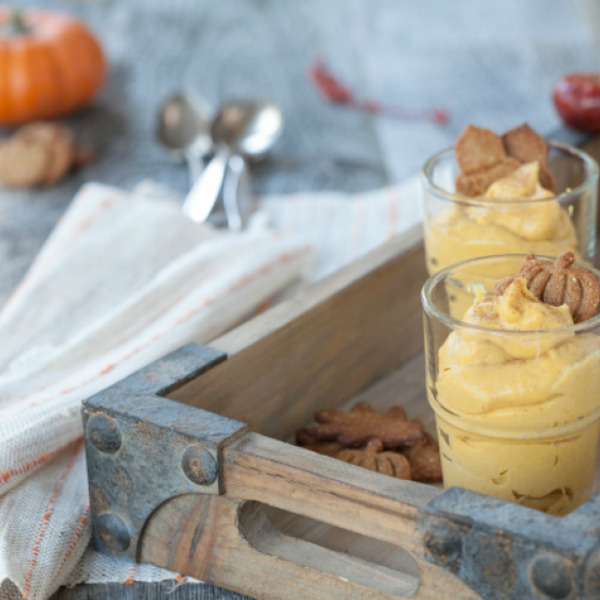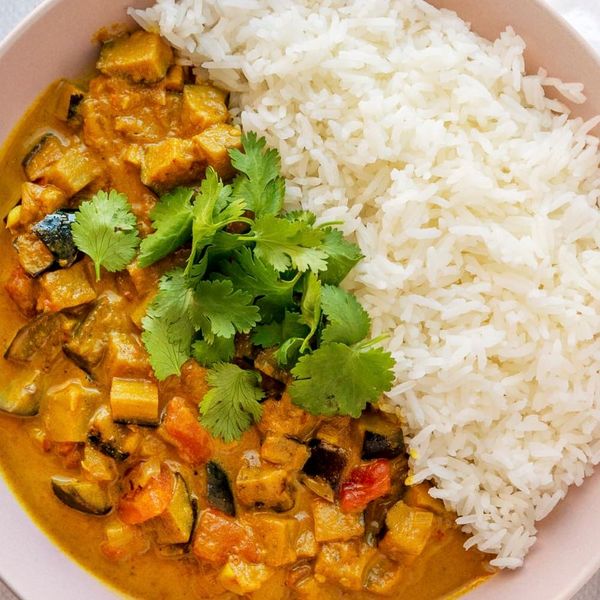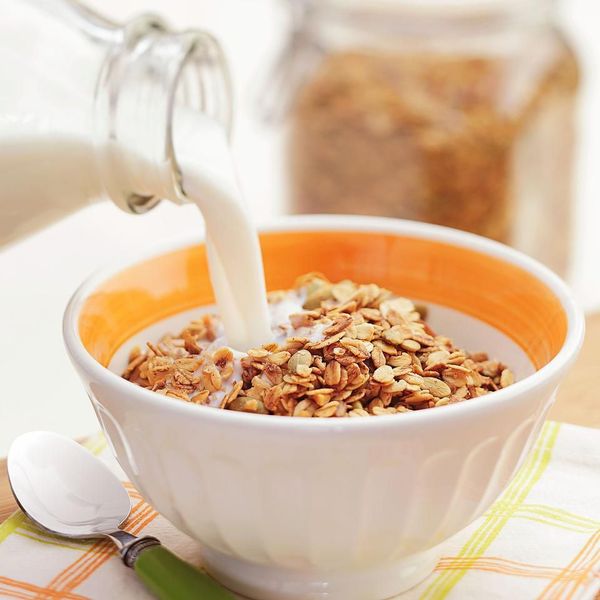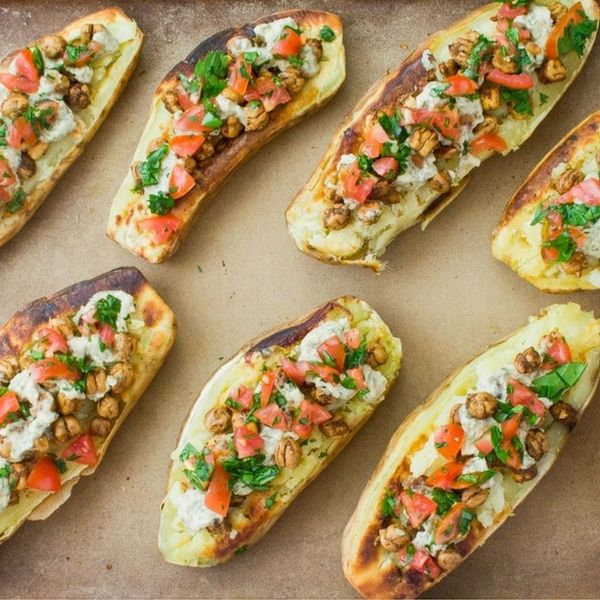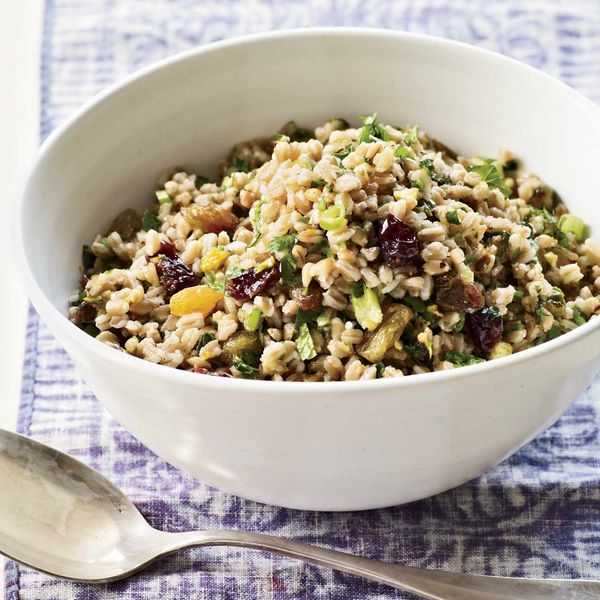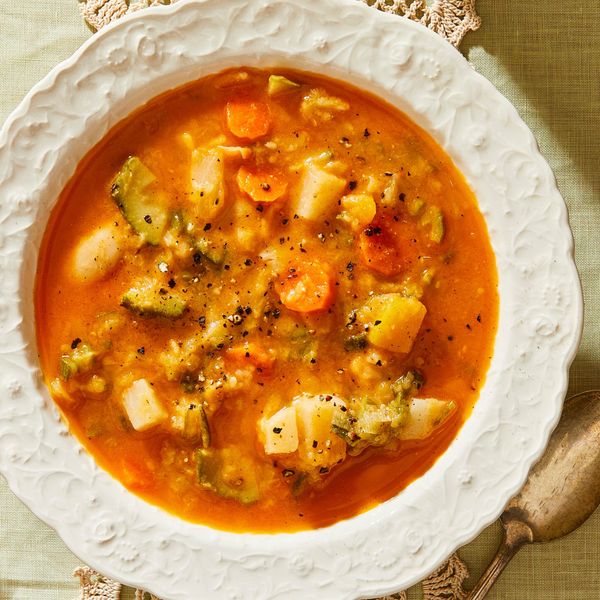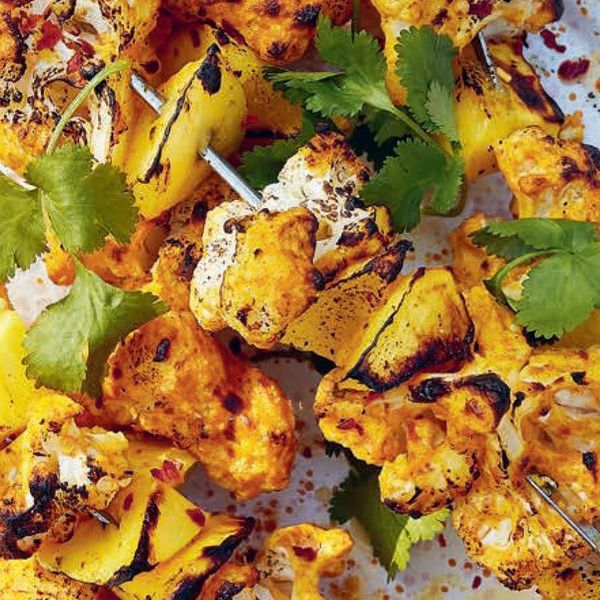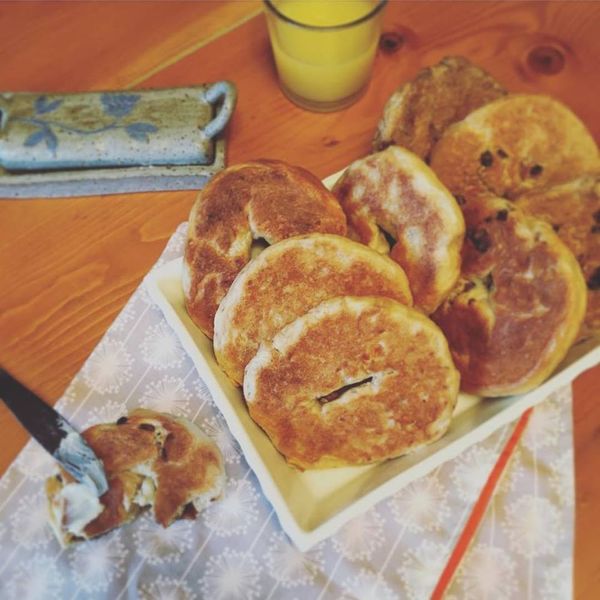
The southern Indian state of Kerala has been using coconut oil as a cooking medium for centuries now. Here’s a look at the cuisine and a recipe for Avial, a vegan, vegetable-heavy, light-on-spices recipe that uses fresh coconut and coconut oil for a subtle flavor.
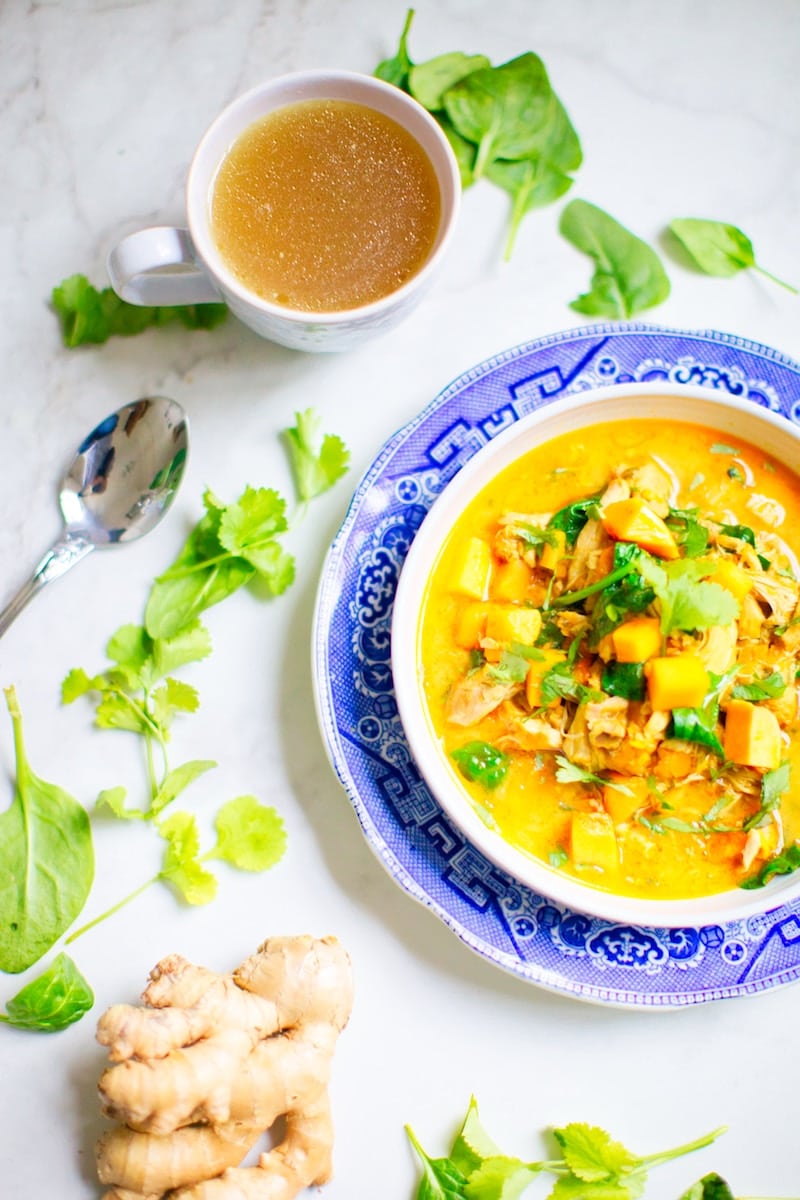
Every few months the media needs a food trend, food item to gush about, extoll or just scare up the people. In August this year, a supremely juicy story landed in media’s lap when a Harvard epidemiologist denounced coconut oil and equated it to poison. Its recent past, however, was already rife with action. In 2015, it was touted as the next super food. But by June 2017, its shine had already started to dim when the American Heart Association recommended against it.
Here’s how the August story went back and forth –
-
- Coconut oil is poison because it’s high in saturated fats
- American Heart Association advises against the use of coconut oil because of saturated fats
- Coconut oil raises LDL, the bad cholesterol
- Coconut oil, like lard, solidifies at room temperature, hence an artery clogger
But, but
- The saturated fat in coconut oil contains a higher proportion of medium chain tri-glycerides (MCTs) compared to other saturated fats like butter and lard.
- Coconut oil helps weight loss due to MCTs
- Coconut oil makes skin smooth and hair shiny.
Coconut oil has a high smoking point making it perfect for frying and intense cooking
On and on this goes! I don’t intend to add to this debate. But what I want to bring to your attention is that coconut oil has been the cooking medium of Kerala, the southernmost state of India, for centuries. And though studies are vacillating about the connection between fat, carbohydrates, sugar and heart disease, they continue to maintain that there is no need to change traditional diets and foods used for generations.
Kerala seems to be following Michael Pollan’s rule “Don’t eat anything your great-grandmother won’t recognize as food, or as a corollary, “eat what your great-grandmother ate.” Untarnished by the new health concerns, coconut and coconut oil continues to be a fact and integral part of life in this state as well as the neighboring country of Sri Lanka.
Kerala – God’s own country
According to Hindu mythology, Kerala was created by Lord Parshuram, one of the incarnations of Lord Vishnu, who is a part of the Holy Trinity, along with Brahma and Shiva. Aided by the state’s beauty, its tourism department used this story in its marketing push in the 1980s.
Blessed with a long coastline, wedged between the Arabian sea on the west, Tamilnadu state on the east and shaped like Florida, Kerala is known for its beautiful landscape underscored by the extensive crisscross of rivers and lakes called Kerala backwaters, a whopping literacy rate –93% according to 2011 census compared to 74% in the rest of the country, a tradition of matriarchal society, Ayurvedic (the ancient Indian holistic system of medicine) tourism and being a major producer of black pepper and coconuts.
Well, coconuts are so much a part of Kerala that the state has them in its name too – “kera” means coconut in Malayalam, the official language of Kerala and “alam” means land; Kerala is the land of coconuts. As an ode to its prominence to the state, not a single part of a coconut is wasted. The coconut shell is used in handicrafts, musical instruments and utensils, the husk atop the shell goes into mats, ropes and brushes. Coconut water is flaunted as a healthy alternative to sugary drinks and colas in the US while in India it’s preferred for being light on the stomach and a weather-friendly drink suited for its tropical humidity. And the flesh goes into coconut milk, coconut cream, or is enjoyed just as a snack. Coconut has spiritual significance in Kerala as well as the rest of the country. No religious ritual is complete without the breaking of a coconut – a symbol for breaking of the human ego by bowing down at the feet of the Gods.
If you ask me, coconut oil and its central place in Kerala cuisine is just one of the ways in which Kerala is different from the rest of the country – Kerala’s extraordinarily high literacy rate, matriarchal society of the past and coconut oil. The rest of the country uses this oil for hair while Kerala uses coconut oil and only coconut oil for cooking. I have vivid memories of my mother oiling my hair, against my wishes, and tying them in pigtails. All because it is deeply ingrained in the Indian psyche that coconut oil is the panacea for hair health and growth. Like olive oil, coconut oil is also used as a skin softener or a quick home remedy for a scratch or a bruise.
Having growing up in India, the connection between coconut oil and hair was so viscerally strong in my mind that it took me some effort to give up my pre-conceived notions and start cooking in coconut oil and once I started, I don’t want to use anything else. What I like best about cooking with coconut oil is, like ghee, it fills my kitchen with a fragrance and aroma, a promise and a harbinger of the amazing taste of the dish to follow. But unlike ghee, it does not ingratiate itself in the ultimate flavor. Coconut oil does its job and does not even wait to take its bow.
Cuisine of Kerala, place of coconut oil
A North Indian friend of mine got married into a family from Kerala and what struck her about the cooking was the pervasiveness of coconut – coconut oil, freshly grated coconut and coconut milk. Everything is cooked in coconut oil and absence of butter and ghee in a household is not uncommon (unlike in the rest of the country). In her comprehensive book, The Kerala Kitchen, Lathika George states, “Coconut oil, the preferred cooking medium, complements and adds to the unique flavor of Malayali (from the language Malayalam) cuisine.”
Being on the coast, the cuisine has been left with a lasting impact over the centuries from traders or traders turned imperialists like the Dutch, Arabs and Portuguese. Kerala boasts of one of the oldest surviving Christian community in the world called Syrian Christians, whose cuisine is predominantly non-vegetarian, replete with beef and seafood like prawns, crabs, mussels and fish. Sadya, a platter or a green banana leaf filled with multiple dishes is the highlight of vegetarian cooking of Kerala. It is generally prepared on Onam, the most important festival of Kerala generally celebrated in August-September. Traditionally desserts tend to be vegan, though not by design. Most of them use jaggery – concentrated cane or palm juice cooled down into crystals – and not sugar, which is refined and processed. Jaggery is said to be healthier compared to sugar and a recommended snack to improve hemoglobin is peanuts mixed with jaggery crystals. Boiled rice is the staple food and most of the curries, vegetarian and non-vegetarian tend to accompany rice.
Here’s a recipe for avial, a vegan, low-on-oil, healthful dish. I chose this dish because it is easy to make, modular on ingredients and can be eaten with white rice, brown rice or quinoa.
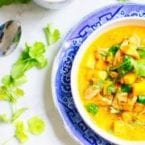
Avial
5 Stars 4 Stars 3 Stars 2 Stars 1 Star
5 from 2 reviews
Author: Annada Rathi
Yield: 4 servings 1x
- 1 cup Chinese long beans cut 2” long
- ½ cup carrot cut into strips 2” long (½” wide)
- 1 cup white pumpkin cut into strips 2” long (½” wide)
- 1 cup snake gourd cut into strips 2” long (½” wide)
- 1 drum stick cut into strips 2” long
- 3/4 cup fresh grated coconut (frozen is available)
- 2 Thai peppers
- 7–8 curry leaves
- ½ tsp black mustard seeds
- 3/4 tsp cumin powder
- 1 ½ tbsp plain yogurt (optional)
- ½ tsp turmeric
- ½ tsp salt
- 1 ½ tbsp extra virgin coconut oil
Instructions
- Dry roast cumin seeds in a skillet on low heat till the cumin seeds turn dark and become fragrant. Once cool, grind cumin seeds fine. Set aside.
- Steam all the vegetables but make sure they remain al dente
- Blend coconut, green chile peppers, cumin powder, mustard seeds, yogurt into fine paste. Skip yogurt if you are vegan.
- Place steamed vegetables into a pan. Add the coconut paste, followed by turmeric, salt and curry leaves. Pour ½ cup water, mix well and cook at medium heat.
- Once the water is close to drying out, pour coconut oil and mix well.
- Serve warm or at room temperature over brown rice or quinoa.
